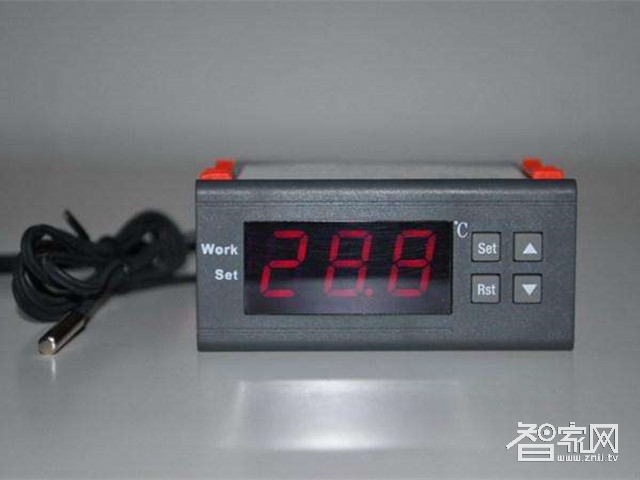What is the function of intelligent thermostat intelligent thermostat classification
In many places of our lives, the temperature requirements are very high and the human body feels definitely inaccurate, so intelligent thermostats have been widely used in this regard. There are many types of smart thermostats, but their general functions are the same. Let's take a closer look at the details.

Intelligent thermostat function
1. Using microcomputer automatic simulation logic design, programmable timing / temperature selection;
2. With digital, large LCD screen, touch-button to make it easy to operate, you can set the date, time display;
3. Built-in six to nine programs, users can also self-programming, users can choose according to their own preferences for a week at different temperatures;
4. Overheat protection: When the temperature of the heating device exceeds the preset overheat protection temperature, the temperature controller automatically cuts off the power of the heating device;
5. Anti-frosting function, can keep the temperature unchanged at 5 °C;
6. With dual temperature control function.
Intelligent thermostat classification
1. Position control
Position control is to set the temperature at a fixed value. When the temperature is higher than the set value, the heater is turned off, and when the temperature is lower than the set value, the heater is started. Because of the thermal inertia, the temperature is usually controlled to a difference of 10 degrees to several tens of degrees. This type of thermostat has been gradually selected in the market following the development of technology. Many users often choose this type of thermostat if their temperature control accuracy is too different. My company has not produced such a thermostat.
2. Temperature control accuracy
Use PID temperature control form (Teng Hui all smart appearance support PID temperature control form), and the characteristics of temperature-controlled heaters, in a relatively confined space, usually able to control the temperature at about 1 degree before using solid state relays, Thyristor regulator module, can control the temperature at plus or minus 0.1 °C.
3.PID temperature controller
PID temperature controller has been widely used for nearly 20 years. Its operating principle is that when approaching the set temperature, the appearance depends on the thermal inertia principle of the heater, and the on/off time or current voltage of the heater is controlled, which can reduce the temperature control. The thermal inertia of the device reaches the purpose of precise manipulation. Widely used in a variety of temperature control applications, such as electric furnace temperature control. Mold temperature control.
4 current and voltage conditioning thermostat
This is also a kind of PID temperature control, this form is suitable for high-power temperature control, the usual PID form is to adjust the on-off cycle of the heater, which is the power supply time, and some forms of conditioning thermostat current and voltage. Demand regulator module support. The voltage regulator module is a temperature-controlled device that can regulate the current and voltage of a built-in thyristor. Demand clarification is that PID is a control method, not referring to the PID temperature controller that is the size of the conditioning current voltage, only if the 4~20mA output thermostat is able to regulate the size of the current and voltage.
Intelligent temperature controller can automatically control the temperature, eliminating many of our problems, especially for some places that require a certain temperature, intelligent thermostat is essential. Different types of thermostats operate in different ways. We must understand clearly when buying.
related suggestion:
Article: What is the Intelligent Temperature Control System Intelligent Temperature Control System Function
Recommended: smart homes have a bright future smart home wired brand what smart home wired or wireless good
Other capacitors
Other Capacitors,Ac Filter Capacitor,Power Saver Capacitor,Line Filter Capacitor,Low Voltage Capacitor
YANGZHOU POSITIONING TECH CO., LTD. , https://www.pst-thyristor.com